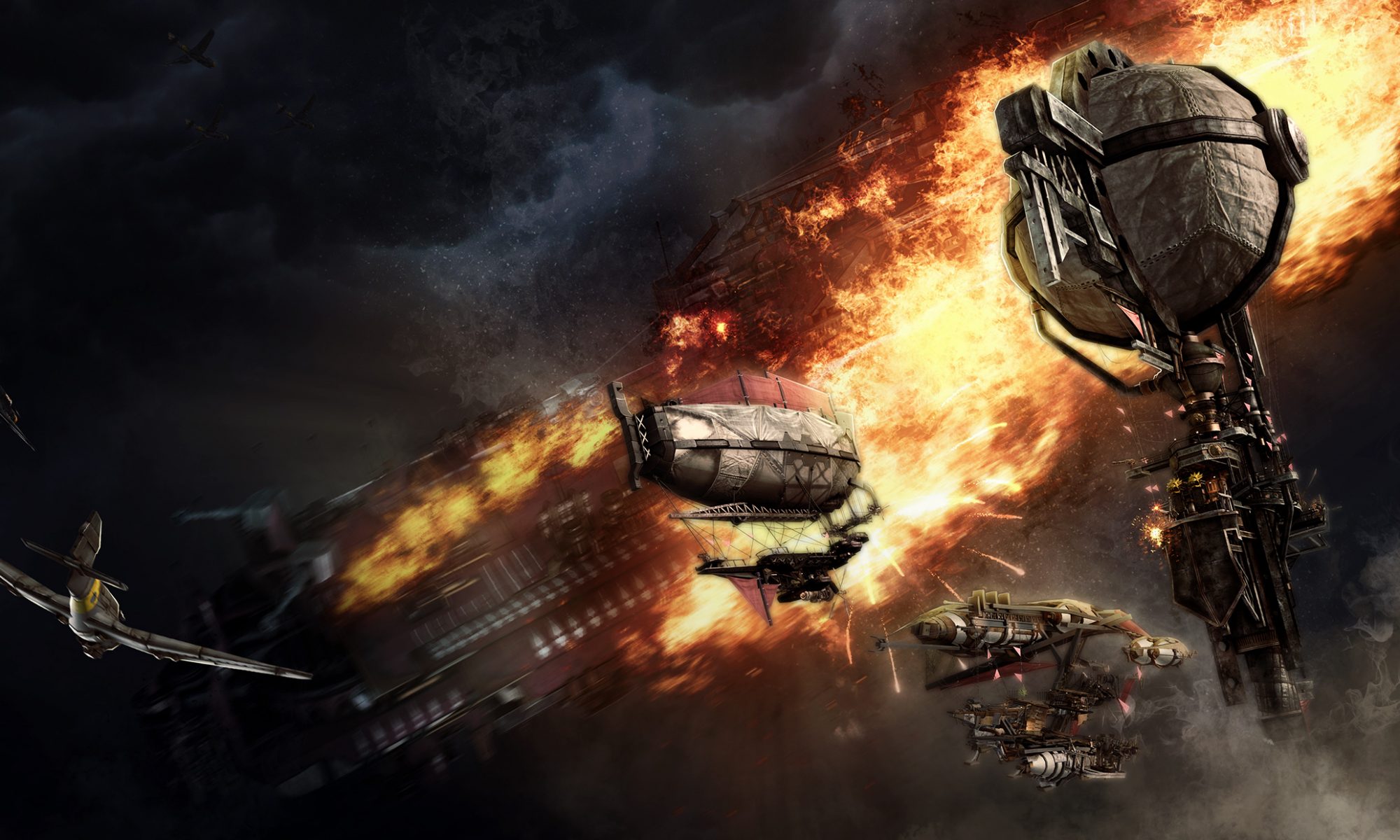
With a lot of the technical aspects of the game reaching stability, it’s now time that we spend more time developing content. And because these technical things have been fixed and streamlined, content can just basically happen now.
More after the jump…
In my mind, once the game mechanic becomes crystal clear, levels will just start creating themselves like an unstoppable force. The hard part of level design is figuring out how all the bits and pieces interact with each other on the degree that I’m supposed to know what the output is if I change a number from 1.237 to 1.34. There’s some hard, discrete, and knowable outcomes but it all becomes absorbed and intuitive. While we’re not exactly to that point yet with our level design process, the tools have increased the pipeline intuition many times over.
I’ve complained about the difficulties of designing a level in full free 3-axis space. Just ignore all that. Not to say that free 3-axis space isn’t hard, it really is and I respect the people that are able to do it. We’ve been able to constrain the freedom in several ways that not only makes our lives easier when designing levels but most importantly makes it more fun and interesting for the player.

While it may sound harsh that we want to reduce freedom, this simply isn’t the case. Practicing constraint is oftentimes very beneficial and creates unique settings and outputs. This is the same with our decision to lock everyone on board a single ship. We know everyone wants boarding, but that kind of freedom would require the system infrastructure to support it. We simply don’t have the time to do that so the experience would be very watered down and not satisfying—we don’t want that. Ship movement is the factor that makes our level design process simpler. Similar to how a human is limited by their ability to jump, our ships’ movement is constrained by several real world factors like drag, engine output power, and etc…

These simple constraints not only behave as you would expect but also ensures that we don’t have to spend a lot more time building up our infrastructure to support it. A full 3-axis freedom game like Descent succeeds because its levels are highly constricting—they’re a series of tubes and tunnel that you travel through. In a sense, it’s a delicate balance between these two things: level design and freedom of movement. From our testing, y-axis movement isn’t really about flying underneath or over a arch but instead used for tactical positioning or avoiding lines of sight. Sure, that hanging ridge over there may save you for a brief moment if you manage to hide underneath it but the main reason you’ll be changing altitude is to get a better angle on someone or to approach undetected.

Stealth provided by clouds is a good thing. It’ll cancel your spotted status and allow you to get away from enemies for a short time so you can initiate some repairs. However, we augment that decision making process by positioning the clouds vertically and also the fact that being in a cloud reduces your own visibility. As you can see from the picture above, that one cloud in the foreground is relatively low to the ground. From a tactical perspective, being lower is a disadvantage. Guns generally aim better at things that are lower (rotation limits) and also your balloon creates a huge blind spot above you. Do I want to go down there into those clouds? Will my enemy be waiting above me when I emerge? These are all ways we can influence and constrain players.

Actual level geometry, 95% of the time, only constrains horizontal movement. Flying through canyon paths, between spires, and all that serve to guide ships. Simply put, they act as the walls in your traditional first person shooters. A lot of planning goes into the placement of these (except not so much for Water Hazard, they’re just a lot of them) because they’re tile set assets that need to be gray boxed and then created by an artist. Sometimes, though, we have the occasional arch or ridge to mix things up.

The one thing that is keeping us from creating levels is the fact that this game takes place in so many different locales. So far, we have four unique locales and tile sets (Dunes, Flayed, Water Hazard, and Anglean which is an ice level… no screenshots of that just yet, still making assets). Once these tile sets have been created though, we can start doing interesting things and have different game types in those areas. For example, Battle On The Dunes is a deathmatch level. We now have a King of the Hill Dunes level where the big ship being the center piece.
Right now, we are able to do all kinds of deathmatch variations from team to free for all. We also can do a lot with capture point logic like traditional CP, Attack/Defend, King of the Hill, and etc… The other logic we’re waiting on is stuff like VIP escort or Payload style maps. Those will be exciting but for now we’re concentrating on creating some different maps to mess around in.

